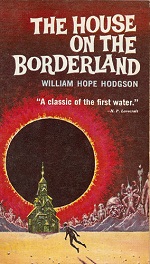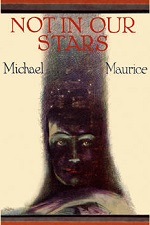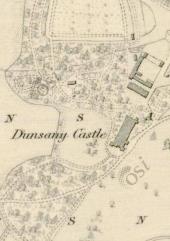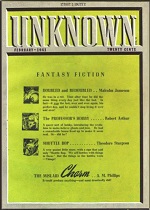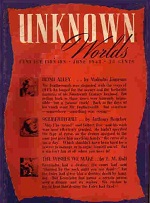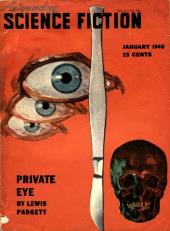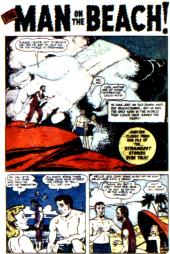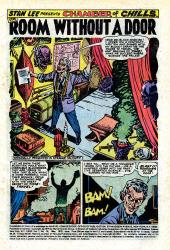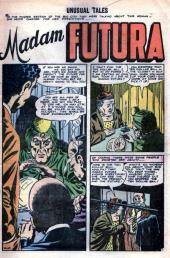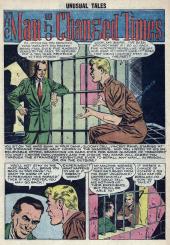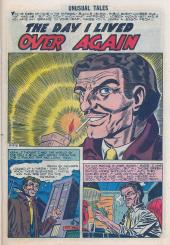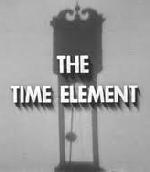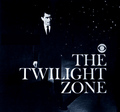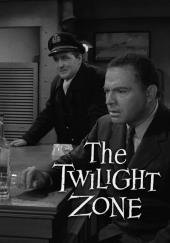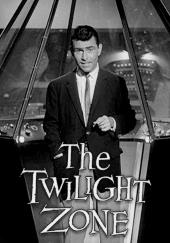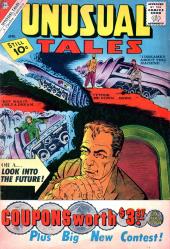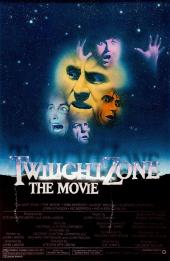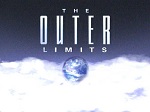Back in the 1880s, just after a man without conscience is dropped from a lone tree with a rope around his neck, a scientist pulls him into 20th-century New York City.
Serling wrote this script based on a
George Clayton Johnson’s bare bones, present-tense treatment for a TV script, complete with an indication of where the commercial break should go. For this episode,
Serling filled in the flesh and cut the fat from a bare bones, present-tense treatment by
George Clayton Johnson. The
treatment appeared in Johnson’s 1977 retrospective collection of scripts and stories, and in
Volume 9 of Serling’s collected Twilight Zone scripts, Johnson commented that “Rod took my idea and went off to the races with it. He had a remarkable knowledge of what would and wouldn’t work on television, and he took everything that wouldn’t work out of ‘Execution’. He worked like a surgeon; a little snip here, a complete amputation over there, move this bone into place, graft over that one. When he was done, my little story had grown into a television script that lived and breathed on its own.” Serling also added a nice twist at the end that, for us, warranted the TV episode an Eloi Honorable Mention.
Rod Serling wrote this script based on a
1960 Twilight Zone episode of the same name, but I’m uncertain whether the story was published before Johnson’s 1977 retrospective collection.
—Michael Main In one kind of death the spirit also dieth, and this it hath been known to do while yet the body was in vigour for many years. Sometimes, as is veritably attested, it dieth with the body, but after a season is raised up again in that place where the body did decay.


